Why Singapore’s English Teachers Should Embrace Singlish, Not Fight It
Is it time for Singaporean educators to embrace Singlish as a legitimate learning tool? What the Research […]
Read More
Contributed by Koh Shao Wei, Shaun Lim, Chelsea Lin and Tan Jing Long for SingTeach Virtual Staff Lounge
The Artificial Intelligence (AI) in Education Chapter is a new student organization at NIE whose vision is to build an AI-literate student-teacher community. The Chapter was formally launched on 8 September 2021, where founding members Mr Wang Enzhao and Mr Tan Jing Long from the Postgraduate Diploma in Education (PDGE) programme, and Mr Koh Shao Wei from the Bachelor of Science (Education) programme, took the stage at the Teachers as Thinkers (TaT) series, speaking on the topic AI x Education: How AI is Creeping Up in our Curriculum Subjects.
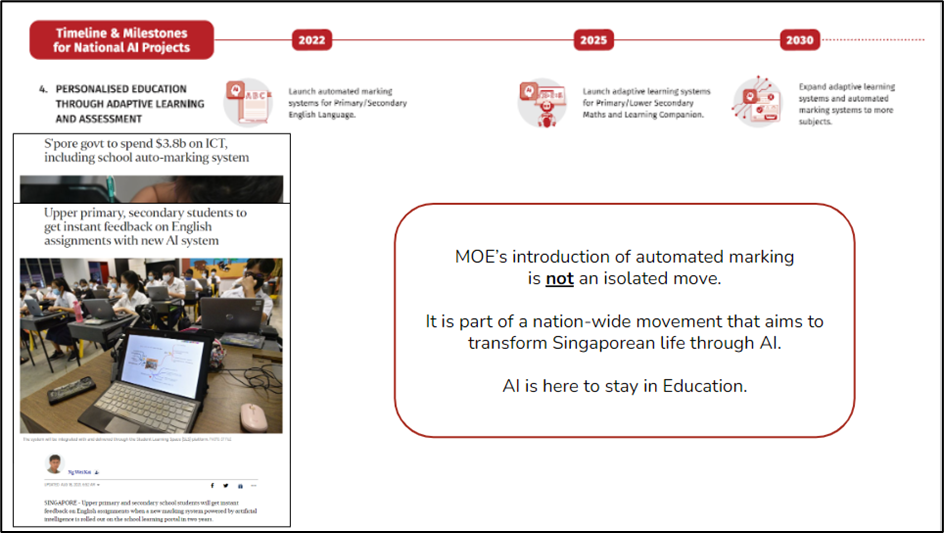
Figure 1. A timeline of some of the key dates that the National AI Project aims to achieve in the field of education.
The speakers shared how the landscape for Artificial Intelligence (AI)-in-Education has grown rapidly (Figure 1) as education is one of the five national AI projects under Singapore’s National AI Strategy. There are great affordances for the use of AI in education. To this end, the Chapter endeavours to promote the application of AI in the teaching of both arts- and science-related curriculum subjects (CS). The question is how can teachers incorporate AI into our classrooms? Some of the workshops that the Chapter has organized since our inception could provide some answers.
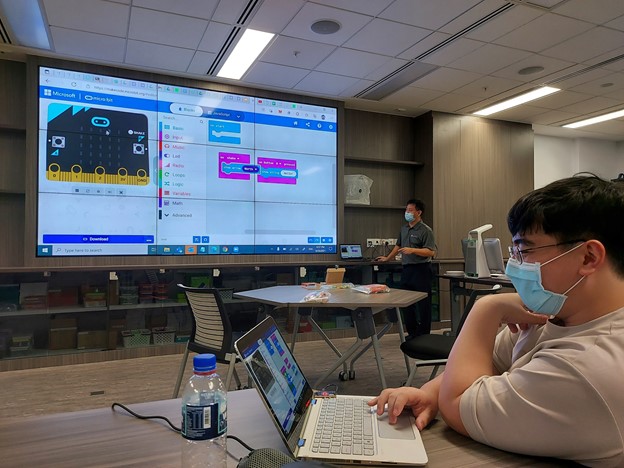
Figure 2. A student teacher dabbling with the coding for Micro:bit.
Our first ever programme, The Introduction to Micro:bit Workshop (Figure 2), aimed to promote computational thinking and equip participants with knowledge of Micro:bit, a pocket-sized computer that can be used as a communication device, gaming console, and even be incorporated into systems like an automated watering system for plants (Toh, 2017).
For computing teachers, the Micro:bit is a suitable entry-level tool to teach computational thinking, or solving problems, designing systems, and understanding human behaviour by drawing on important computer science concepts (Wing, 2006). Micro:bit relies on drag-and-drop coding, which allows the coder to drag colour-coded blocks that contain easy to understand instructions. The colour-coded blocks indicate that blocks with similar functions can be easily grouped together (The Lab Singapore, 2020), and hence, makes it easier to learn coding. For higher ability students, there is an option to swap the block codes for Javascript, a popular coding language.
Mathematics teachers may find Micro:bit useful as they can make connections between simple input and output functions that Micro:bit utilises with the topic of graphs and functions. Furthermore, Micro:bit has been found to improve students’ logical thinking and problem-solving abilities (Cheng, Liao and Yu, 2021) that are required in Math lessons.
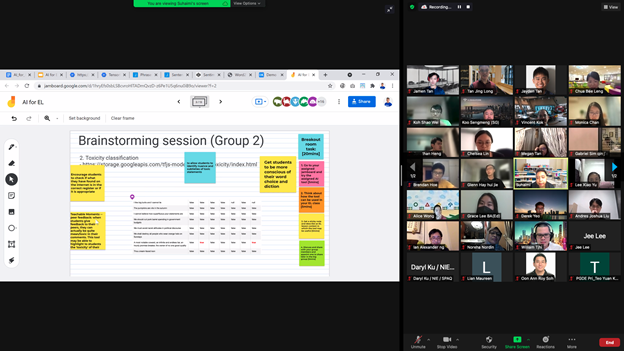
Figure 3. Student Teachers presenting what they have discussed on how the AI tools shared by Suhaimi can be used in their classrooms
The use of AI can be incorporated into seemingly arts-based subjects like English too. This was a theme explored in the AI for Teaching English Language Masterclass (Figure 3). Dr William Tjhi and Mr Jayden Tan from the Natural Language Processing (NLP) Hub at AI Singapore (AISG) spoke about the Singapore NLP (SGnlp) platform’s grammar error correction tool that corrects grammatical errors instantly. This is something that will be rolled out in schools; upper primary and secondary school students will soon get instant feedback on their essays through a new AI system that corrects their grammar, sentence structure, and expression (Ng, 2021).
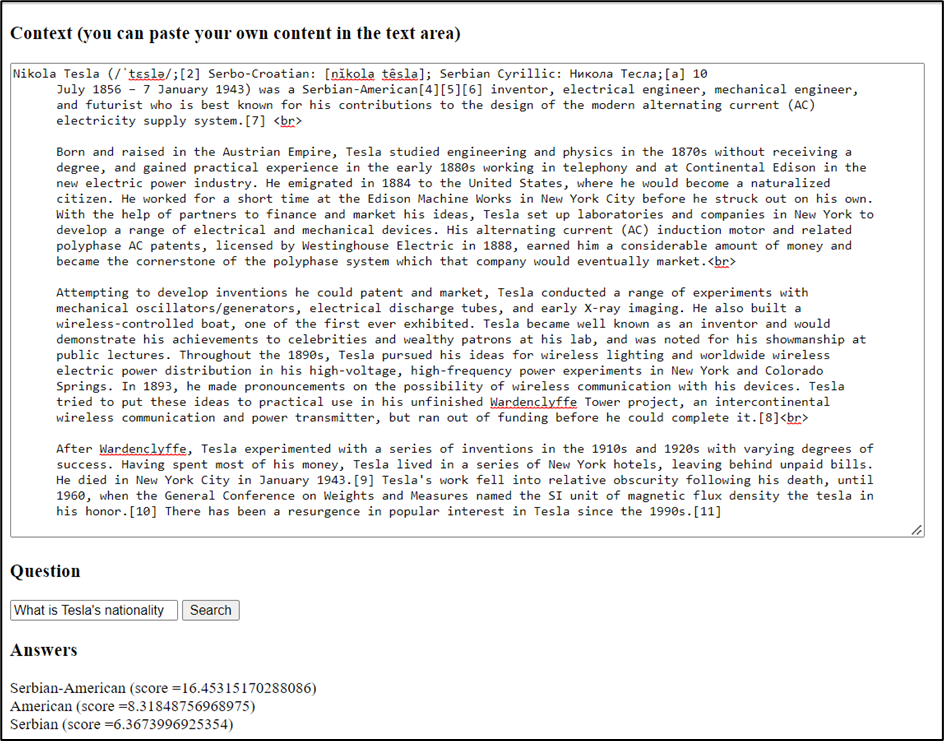
Figure 4: AI can even be used to find the correct answer to a comprehension passage question!
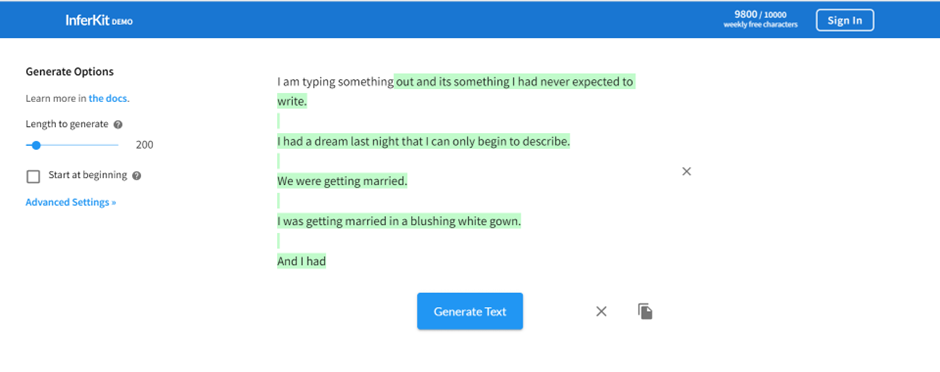
Figure 5. InferKit Demo uses a neural network to generate text and extend whatever one has previously written. The part in green is the text generated by the network
Mr Suhaimi Zainal Shah, a secondary school English Language teacher and educational technologist, spoke on how AI tools may be used in the teaching and learning of the English Language. Beyond correcting grammatical errors, AI could even be used to extract the relevant answer to a comprehension passage question (Figure 4) or generate text using a neural network (Figure 5).
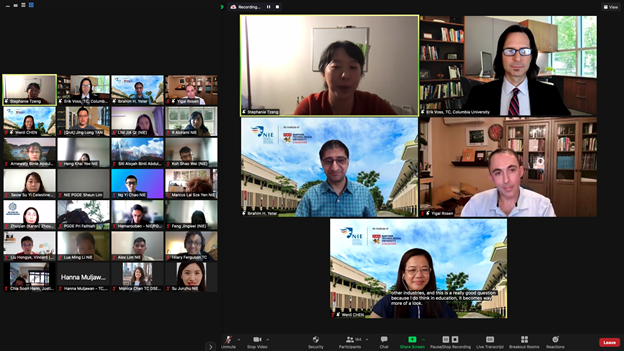
Figure 6. The Question and Answer segment of AI in Education: Is it Hype or is it Here?
In December 2021, we held a virtual cross-cultural panel discussion with Teachers’ College, Columbia University. Named AI in Education: Is it Hype or is it Here? (Figure 6), panellists from New York and Singapore spoke synchronously on present and future uses of AI in the private and public education space.
Dr Chen Wenli (Head of the Learning Sciences and Assessment Academic Group, National Institute of Education) shared three uses of AI in Education in Singapore:
In the private sector, Dr Yigal Rosen (Senior Vice President of AI & Data Science at BrainPOP) revealed that BrainPOP is exploring using AI to assist in digital collaborative assessment and how it can make assessments valid and reliable while Ms Stephanie Tzeng (Director of Data Science at Newsela) discussed how AI is currently used in content recommendation systems.
The seminar was moderated by Assistant Professor Ibrahim H Yeter (Natural Sciences and Science Education Academic Group, NIE), who deftly served as the bridge between the American and Singapore education contexts. One question that appeared during the Question-and-Answer was: would AI replace teachers?, to which the panellists unanimously agreed with a no! The pandemic showed that despite being behind screens, there has been learning loss and nothing beats a human interaction by the teacher. What AI does, then, is to support the teacher in this endeavour to educate the child by personalizing their learning and providing feedback to enhance their learning.
References
Cheng, P. J., Liao, Y. H., & Yu, P. T. (2021). Micro:bit robotics course: Infusing logical reasoning and problem-solving ability in fifth grade students through an online group study system. International Review of Research in Open and Distributed Learning, 22(1), 21–40.
Ng, W. K. (2021, August 18). Upper primary, secondary students to get instant feedback on English assignments with new AI system. The Straits Times. Retrieved from https://www.straitstimes.com/singapore/parenting-education/moe-to-roll-out-ai-enabled-marking-system-for-english-language-writing
The Lab Singapore. (2020, January 23). Why your child should start learning drag-and-drop visual programming before syntax programming. Retrieved from https://www.thelab.sg/why-your-child-should-start-learning-drag-and-drop-visual-programming-before-syntax-programming/
Toh, R, Y. K. (2017, April 13). Micro:bit launch: What you need to know about the coding gadget Singapore plans to introduce. The Straits Times. Retrieved from https://www.straitstimes.com/singapore/microbit-launch-what-you-need-to-know-about-the-coding-gadget-singapore-plans-to-introduce
Wing, J. M. (2006). Computational thinking. Communications of the ACM, 49(3), 33–35.